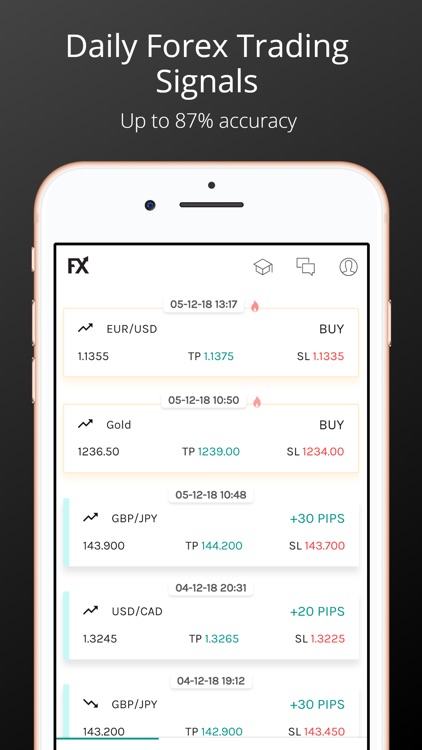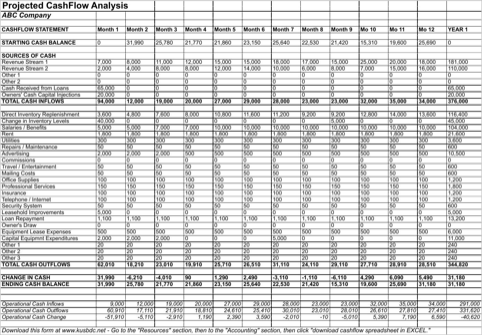
For example, in some cases, the government may want to keep prices of tobacco products below $5 USD per pack and thus regulate their sale by setting an artificial limit at that level. In other cases, they may want to set an artificial ceiling on the lowest price these products can be sold for so as to remove market distortions through lower prices. They may only want to limit the supply of these products while allowing them to be sold at whatever price the market determines. Deadweight loss is a measure of how much economic efficiency, in terms of goods produced and price paid for them, is lost through price ceilings and price floors. That’s right – this economic produce is simply lost to the economy. However, governments recognize that to limit surpluses and shortages, it is sometimes necessary to intervene even further.
It is a mandated minimum wage which employers are required to pay to employees. If a farm good faces inelastic demand, a price floor will boost the supplier’s profits since the increase in price will cause a disproportionately smaller decrease in demand. Thus, the higher prices will offset lost sales volume and allow the supplier to increase profitability. Thus, if renters obtain “cheaper” housing than the market requires, they tend to also end up with lower quality housing. To this point in the chapter, we have been assuming that markets are free, that is, they operate with no government intervention. As the customers will try to get the products at a cheaper price, this will increase the competition of producers in the market and a huge instability among them.
Price Ceilings
In some cases, governments will step in to prevent prices climbing too high or falling too low. After all, it is nothing more than a point of agreement between producers and suppliers. However, sometimes it is for the greater good to impose limits on prices. This is most often done to protect the particularly vulnerable in society, but limits have also been used by a surprising number of firms. These limits come in the form of price ceilings and price floors. As you might expect, price ceilings act to limit prices from rising too high, whereas price floors act to limit prices from falling too low.
- Almost every industrialized country in the world has a federal minimum wage set.
- A price floor is the lowest possible selling price, beyond which the seller is not willing or not able (legally) to sell the product.
- When a price floor is located above the equilibrium price, prices cannot decrease below that threshold and cannot reach the ‘unfair’ equilibrium allocation.
- Even when the housing remains in the rental market, landlords tend to spend less on maintenance and on essentials like heating, cooling, hot water, and lighting.
- Price control mechanism refers to a set of laws that the government enacts in order to regulate prices in the market.
- Price ceiling refers to the mechanism by which the price for a good is prevented from rising to a certain level.
Price ceilings are enacted in an attempt to keep prices low for those who need the product. However, when the market price is not allowed to rise to the equilibrium level, quantity demanded exceeds quantity supplied, and thus a shortage occurs. Discover the definition of price ceiling and price floor in microeconomics, understand the difference between the two price controls, and explore examples and graphs of price ceilings and price floors. Besides the minimum wage, the most common example of a price floor is in the agricultural sector. Governments often seek to help farmers by setting a minimum selling price for crops such wheat. This ensures that farmers make enough money by guaranteeing a minimum price that their goods can be sold for.
Numerous proposals have been offered for reducing farm subsidies. In many countries, however, political support for subsidies for farmers remains strong. Either because this is viewed by the population as supporting the traditional rural way of life or because of the lobbying power of the agro-business industry. If demand shifts from D0 to D1, the new equilibrium would be at E1—unless a price ceiling prevents the price from rising. If the price is not permitted to rise, the quantity supplied remains at 15,000. However, after the change in demand, the quantity demanded rises to 19,000, resulting in a shortage.
What are the features of the price floor?
When there are more apartment-hunters than there are apartments, landlords have their pick of tenants and can basically charge what they like. A price floor is the minimum price at which a product can be sold. It’s there to stop a price from dropping below a certain level – the “floor.” Perhaps the best-known example is the minimum wage.

Price control mechanism refers to a set of laws that the government enacts in order to regulate prices in the market. There are two types of price control mechanisms namely, price ceiling and price floor. The amount supplied and the quantity demanded are equal at the equilibrium price in a market that is functioning freely. When the equilibrium price so reached is either too high or too low (unprofitable) for the producers of the commodity, the government may need to intervene in the process of fixing prices.
How does the price floor control the market economy?
Once the price floor of a product is fixed by the government, it affects the market economy in many ways. This helps poor producers to at least meet their cost of production. Equilibrium price rises or falls depends upon the demand and supply curve.
- Because of this, there are often large waiting lists in areas with housing ceilings.
- A price ceiling can also result in wasted resources, inefficient allocation to customers and black markets where people can buy unregulated versions of the good for much less.
- Such changes can cause a change in the demand for rental housing, as Figure 3.21 illustrates.
- Economists believe there are a small number of fundamental principles that explain how economic agents respond in different situations.
Requiring electricians to be licensed keeps many from entering the profession, allowing those who are licensed to set higher fees since supply is low and demand is high. The unintended consequence of this is that people attempt to save money by fixing their own electrical problems themselves, often to disastrous and much more costly results. While setting a price ceiling and price floor has its benefits, there can be drawbacks to determining the highest and lowest price of a good or service. A minimum wage is a price floor on the labour market which is legislated by some governments.
How does the price ceiling control the market economy?
Jayne Thompson earned an LLB in Law and Business Administration from the University of Birmingham and an LLM in International Law from the University of East London. She practiced in various “big law” firms before launching a career as a business writer. Her articles have appeared on numerous business sites including Typefinder, Women in Business, Startwire and Indeed.com. Take your learning and productivity to the next level with our Premium Templates.

There’s a lot of information to absorb on the graph above, so we’ll take it one-step at a time. Oh, and don’t get worried about the fact that the ‘ceiling’ is suddenly beneath all the action – that is exactly where it belongs.
What is the difference between a price ceiling and a price floor?
In such situations, the quantity supplied of a good will exceed the quantity demanded, resulting in a surplus. A price floor is the lowest legal price that can be paid in markets for goods and services, labor, or financial capital. Perhaps the best-known example of a price floor is the minimum wage, which is based on the normative view that someone working full time ought to be able to afford a basic standard of living.
I know I told you to ignore it, but do you at least remember where to find it? If you said it’s the triangle between the red dotted line, the blue supply line, and the red demand curve, you’d be right, and that’s what we’re going to talk about next. Economists estimate that the high-income areas of the world, including the United States, Europe, and Japan, spend roughly $1 billion per day in supporting their farmers. Agricultural economists and policy makers have offered numerous proposals for reducing farm subsidies. This is either because the population views this as supporting the traditional rural way of life or because of industry’s lobbying power of the agro-business. Price floors are sometimes called “price supports,” because they support a price by preventing it from falling below a certain level.
The excess supply created with a price floor represents the deadweight loss. For price ceilings, the deadweight loss is the loss of income from not being able to sell at the equilibrium price. A price ceiling is a legal maximum price that one pays for some good or service. A government imposes price ceilings in order to keep the price of some necessary good or service affordable.
What are Price Floors and Ceilings?
Economists believe there are a small number of fundamental principles that explain how economic agents respond in different situations. Two of these principles, which we have already introduced, are the laws of demand and supply. Let us learn some of the points of difference between price ceiling and price floor. The merits and demerits of the price floor are as listed below. Since all
consumers will not be satisfied by the quantity of the goods that they get from
the fair price shop, some of them will be willing to pay higher price for it. In a typical competitive marketplace, a price ceiling may cause shortages when the perceived market value exceeds the ceiling.
However, this does nothing for prices if the equilibrium point is too high. A price ceiling is a maximum amount allowed to be charged for a good or service. Governments can pass laws affecting market outcomes, but no law can negate these economic principles. difference between price ceiling and price floor Rather, the principles will become apparent in sometimes unexpected ways, which may undermine the intent of the government policy. The Wholesale Price Index (WPI) and the Consumer Price Index (CPI) are commonly used to monitor inflation.
DFS Dish: Get ready to ride the Jordan Spieth roller coaster at TPC … – PGA TOUR
DFS Dish: Get ready to ride the Jordan Spieth roller coaster at TPC ….
Posted: Tue, 08 Aug 2023 18:04:57 GMT [source]
This costs the city or state money, but makes sure that landlords want to provide enough housing for everyone. Similarly, governments, especially larger ones, like the idea of price floors on foodstuffs. However, that means that suddenly farmers like to produce a lot more of it. Rather than have it flood the market and spoil there, the governments buy up much of this produce, using it especially for foreign aid.



